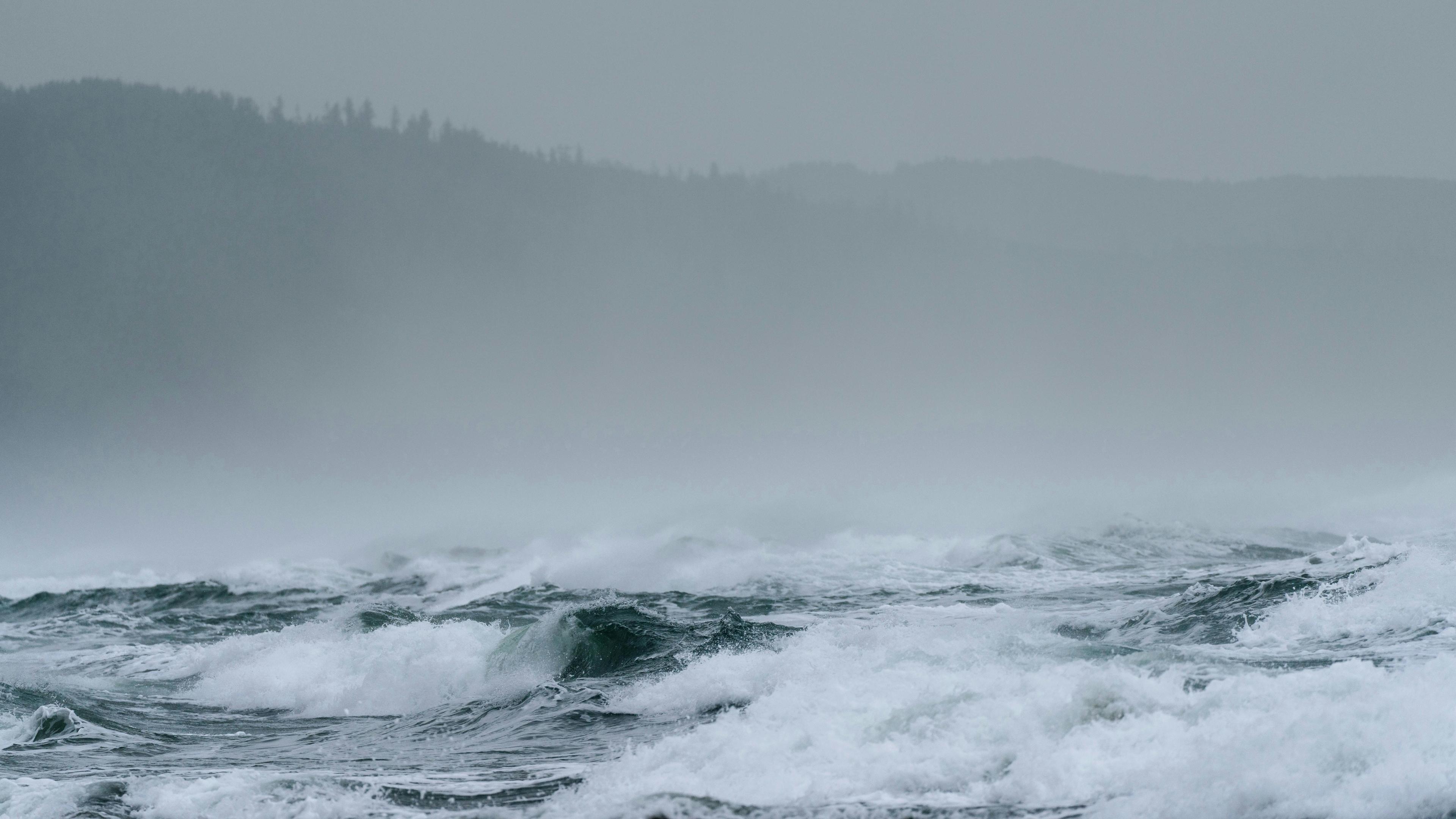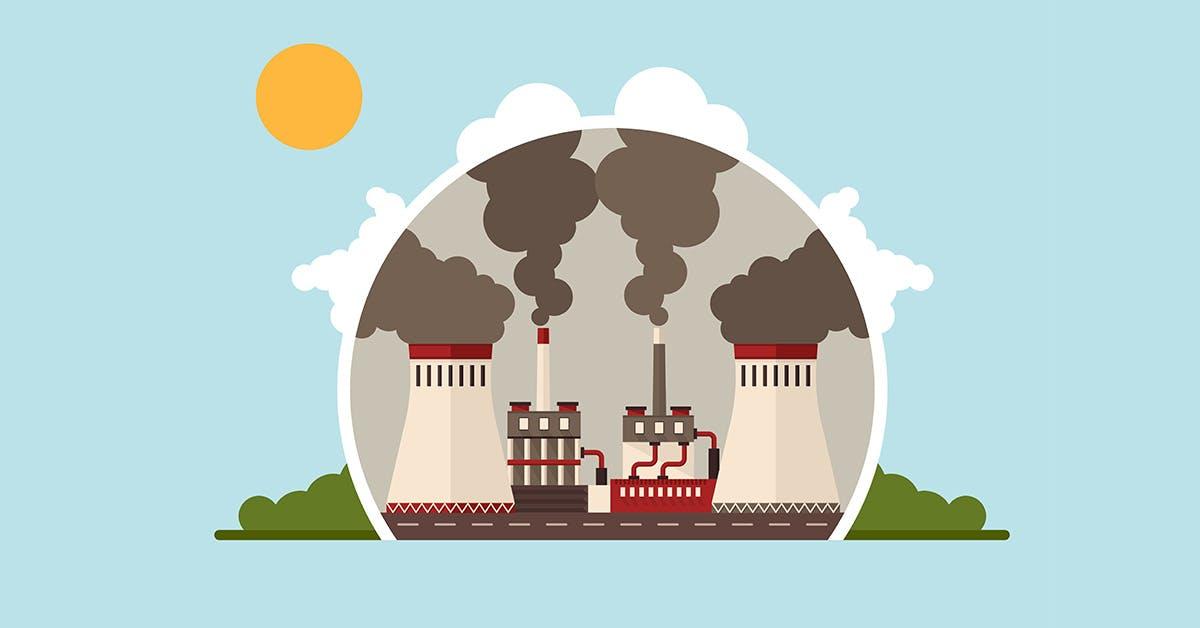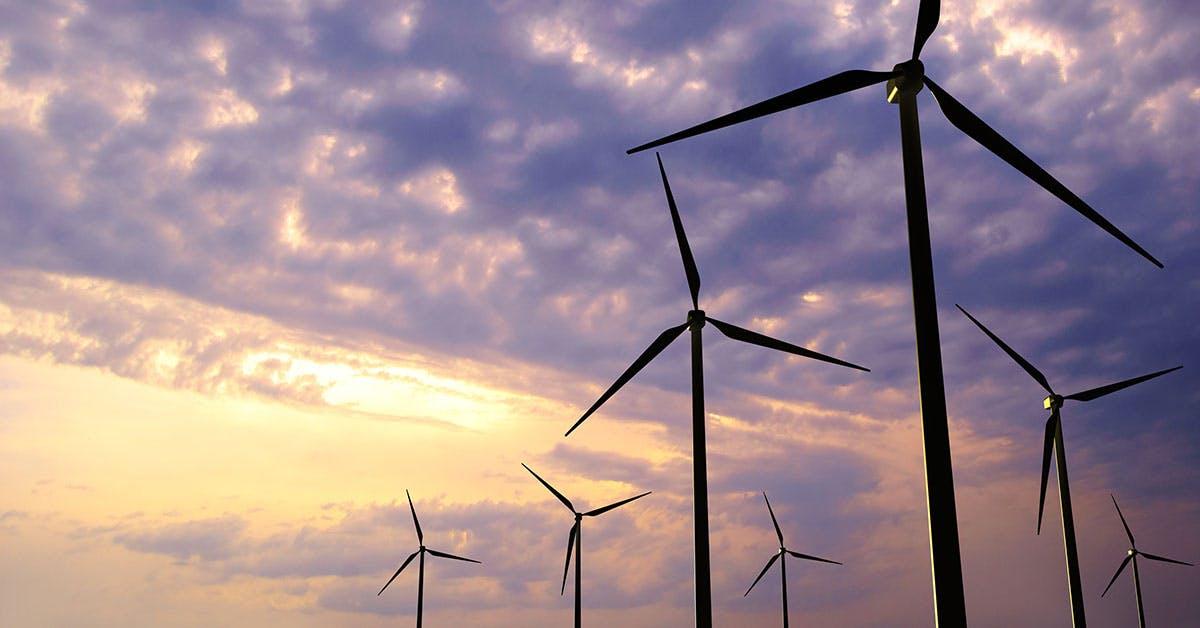
How to Winterize a House: Essential Tips How to Winterize Your Home
Inspire Clean Energy
Dec 15, 2023
11 min read
category: Sustainable Living
Don't worry about climate change— do something about it.
Our clean energy plans are the easiest way to reduce your home's carbon footprint.
Switch to clean energyIt’s not just an ominous warning from that TV show about dragons: winter is coming. And if you’re a homeowner, you need to get your house ready for the cold season. That means winterizing your home. But what does it mean to winterize a home? In this post, we’ll take you through every step of the home winterization process, from the exterior to the interior, including heating and plumbing. We’ll cover the costs, the timing, and the equipment. We’ll show you how to prep a vacant house, how to get a lived-in home ready for winter, and how to winterize a mobile or manufactured home. We’ll let you know when it’s time to bring a professional into the process, and we’ll answer any remaining FAQ’s about how to winterize a house.
Adjust your thermostats, we’re going in.
What is Home Winterization
There are two general scenarios when it comes to winterizing a house. In one, the homeowner is shutting down a beach cottage, lake house, or secondary home of some kind and prepping it to stand vacant in the offseason. In the other, the owner is preparing their primary home for a fast-approaching winter.
In the first scenario, the owner is looking to avert problems such as water damage, burst pipes, pest intrusions, and theft. In the second, they want to optimize their home for the cold season while also avoiding pitfalls such as water and property damage, power outages and heavy snow drifts.
How to Winterize Your House
We’ll begin with how to winterize a house you’ll be living in when the weather turns cold, and we’ll start at the top—literally.
Clean your gutters
You can hire someone to do this, or you can fetch a ladder, don some gloves, and get the job done yourself. Either way, you need to make sure your gutters are clear before the first snowfall. Gutters exist to prevent water damage to not only your roof but also the sides and foundation of your house. They funnel rainwater (and melting snow) off of your roof and away from your house. If they get clogged, they will cease to perform their very vital function.
Inspect your roof
Make sure your roof is free of any damage that can cause leaks when rain or snow hits.
Call a chimney sweep
You should bring in a pro once a year to check your chimney, and clean if necessary. Buildup in a chimney shaft can be a fire hazard.
Store or prep patio, deck, and pool accessories
If you live in a region that gets heavy snowfall, this is a key step to winterize a home. Depending on your gear, you should either store it or cover it for the winter months. Your deck may need another coat of sealant before winter hits, too. *While you’re at it, get a bag of sand or salt for de-icing, and make sure your shovels, snowblower, etc., are in a place where you can easily reach them if and when a blizzard hits.
Check your attic insulation
Now that you’ve locked down the exterior, let’s move inside. If you have an attic, this is the time to replace or add insulation as needed.
Scan for drafts
Window and door edges are the main culprits when it comes to winter drafts. Go room by room and replace or add weatherstripping, door sweeps, or caulk as necessary.
Schedule a service call for your heating system
It’s a good idea to make this appointment as early as you can in your home winterization process, since heating pros tend to get heavily booked as the weather turns cold. Have them do a thorough inspection, and tuneup as needed. This will ensure a warm house, and help avoid frozen pipes in the coldest months. Speaking of …
Prep your pipes
Topping the list of homeowners’ nightmare winter scenarios is the burst pipe. And it can happen in areas you don’t typically think of as winter wonderlands. A handful of chilly days in warm regions can do the trick, and water damage from burst pipes can be extremely costly. Avoid this migraine-level headache by insulating your pipes, purchasing water-leak and pipe-temperature sensors, and automatic water shut-off valves. More tips to prevent frozen pipes: Drain exterior sprinkler systems, disconnect hoses and store them, cover exterior faucets, and close any open vents.
How to Winterize a Vacant House
You need to protect and winterize a vacant home against more than just the elements during the offseason. There’s the potential for theft, along with “unwanted visitors” such as rodents or birds. Here’s how to winterize a soon-to-be vacant home.
Make sure your home doesn’t look vacant
Have someone collect your mail so that it doesn’t pile up—an obvious sign of homeowner absence.
If you live in a northern state, snow can pile up even more quickly than mail. Make sure you hire someone to shovel your driveway and walkways.
Install or activate motion-sensors and timers for your lighting. The motion sensors are for exterior lights, and the timers are for interior ones. Set timers to turn interior lights on and off at varying hours during the week.
Optimize security
Make sure your alarm system works and be sure to activate before leaving.
Confirm that all of your locks—including on windows—are in working order. Upgrade where necessary.
Remove all valuables. If you’re not bringing them to your primary home, store them in a safe-deposit box.
Don’t announce your plans on social media. No reason to advertise that your home will be vacant.
Shut off the water supply
One of the most fearsome (and expensive) household winter calamities is a burst pipe, and in a vacant home, it can be exponentially worse. Shutting off the water supply is the best way to avoid it.
If your home happens to use steam heat, be sure to check with a professional to confirm if it’s okay to turn off the water supply or not.
Do not shut off the water to a fire sprinkler system.
Scan for drafts
Drafts frequently flow through window and door edges during the winter. Go room by room and replace or add weatherstripping, door sweeps, or caulk as necessary.
Get your heating system inspected and serviced
Before you leave for the offseason, book an appointment with a heating professional to ensure your system is in good working order. It still has a part to play in a house that’s vacant for the winter….
Adjust your thermostat
While you do want to conserve energy and reduce your heat bills while you’re away, you don’t want to turn off the heat completely. This is doubly true if you live in a northern region. The reason is the—wait for it—dreaded frozen pipes. Set your heat between 55 and 60 degrees Fahrenheit for the offseason.
Clean your gutters
The previous steps will square away the interior of your soon-to-be-vacant home for the offseason. Now, move outside and prep your home’s exterior. First up, clean your gutters, the unsung heroes of your home. Gutters direct water off of your roof and away from the sides and foundation of your house. They literally protect your home from roof to foundation. It’s vital to keep them clear.
Inspect your roof
Check your roof for any damage and schedule repairs before winter weather rolls in.
Call a chimney sweep
Since residue inside your chimney can be a fire hazard, it makes sense to have a professional inspect your chimney annually. This is a perfect time for that.
Store or prep patio, deck, and pool accessories
Protect your chairs, tables and chaise longues from the elements. You can store them, cover them, or do some combination of the two. This is also a good time to add a coat of sealant to your deck if need be.
Check your attic insulation
Depending on its status, you may want to replace or reinforce your attic installation. Pay particular attention to the floor of your attic, because if too much heat escapes from the main areas of your home up into the attic, it can warm any snow or ice on your roof and cause ice dams. You do not want ice dams on your roof.
How to winterize home plumbing
If your house is going to be empty for the offseason, you can shut off your water supply entirely and avoid any risk to your plumbing.
For occupied homes, double check that your insulation is adequate and that your heating system is in good condition. If you have exposed pipes anywhere, you might want to add insulation to the space at which they’re exposed or to the pipes themselves.
Whether your home will be vacant or occupied, installing water-leak and pipe-temperature sensors, along with automatic water shut-off valves, will increase protection. Remote shut-off valves are available for vacant homes.
How to winterize a mobile or manufactured home
The principles for winterizing a home remain the same no matter what style the home is. You want to prevent the cold from damaging plumbing, make sure insulation is sufficient, the heating system is properly maintained, and seal off any areas that could let in drafts or water (not to mention pests). For a manufactured home the winterization steps are as follows:
Apply heat tape to your water lines
If your water lines freeze, you are in for a world of hassle and major expenses. The best way to prevent this problem is by taping up your lines with heat tape. Be sure to follow the manufacturer’s instructions and apply the heat tape before the first frost.
Confirm your skirting is intact to keep out unwelcome “pets”
When cold weather moves in, small animals such as rodents tend to seek warm places—like your home. If your skirting has holes or even minor damage, animals will find a way in. Before winter arrives, inspect your skirting; if you find any damage, the good news is that you can repair it yourself.
Double check your insulation
The base of your manufactured home contains the plumbing, wiring, and HVAC systems. If you have poor insulation in this area it can lead to damage and costly heat losses.
Replace your filters
To make sure your furnace functions properly all winter, you should change its filters every month or two during the season.
Seal windows, doors and other openings
Check the openings and seams of all doors and windows and make sure they’re tightly sealed. These can let valuable heat out and costly water damage in.
How much does it cost to winterize a house
You will have to spend money to winterize your home, but the amount depends on the size and complexity of your house, labor costs in your area, and how many tasks you’re able to do yourself versus hiring a professional. Based on 2023 figures, the smallest amount you can expect to pay is $65, while the average is close to $250. If you contract out several tasks, your expenses will top $1,000. See here for an itemized breakdown of tasks and expenses involved in the process.
When to hire a pro to winterize your home
If you’re fairly handy, and you have the time, many of the steps for winterizing a home can be DIY projects. But there’s no reason to be a hero. If you don’t feel confident approaching a task, or, especially, if something potentially dangerous crops up, do not hesitate to bring in a professional to take care of it.
How to winterize a house FAQ’s
What are some tips to keep rodents out of a winterized house?
In addition to adding door sweeps, weatherstrips, and caulking to seal off doors, windows and holes, you should make sure firewood is elevated and distanced from the walls of your house. This will prevent nesting rodents. For the same reason, move any upholstered furniture indoors or into storage.
How often should I check on my vacant home?
Ideally, you can arrange for a friend, neighbor, or relative to check in every week or so. If not, you can hire someone to stop by regularly. Whatever the arrangement, you will need to have someone in place to monitor, especially if winter storms are a possibility.
What should I do with my plants?
If they’re outdoor plants, and you’ll be home for the winter months, bring them inside. If you won’t be home, you should either take them with you or have the property caretaker you’ve arranged water them regularly.
Winterizing a house to help the environment
When you winterize your home, whether you’re closing it for the season, or prepping to hunker down in it for the colder months, you’re all about conservation, sustainability, and sensible maintenance. All of the measures you take are designed to save energy, avoid damages (that will, in turn, cost more energy, time, and money), and shrink your carbon footprint.
Winterizing your home makes sense for your wallet, it makes sense for your peace of mind and safety, and it makes sense for the environment. Just like Inspire Clean Energy plans that offer access to clean, renewable energy, home winterization is a win for the environment.
Don't worry about climate change— do something about it.
Our clean energy plans are the easiest way to reduce your home's carbon footprint.
Switch to clean energy
Inspire Clean Energy
We're on a mission to transform the way people access clean energy and accelerate a net-zero carbon future.
Learn more about Inspire →Explore more
Recent Posts
Top Articles





















